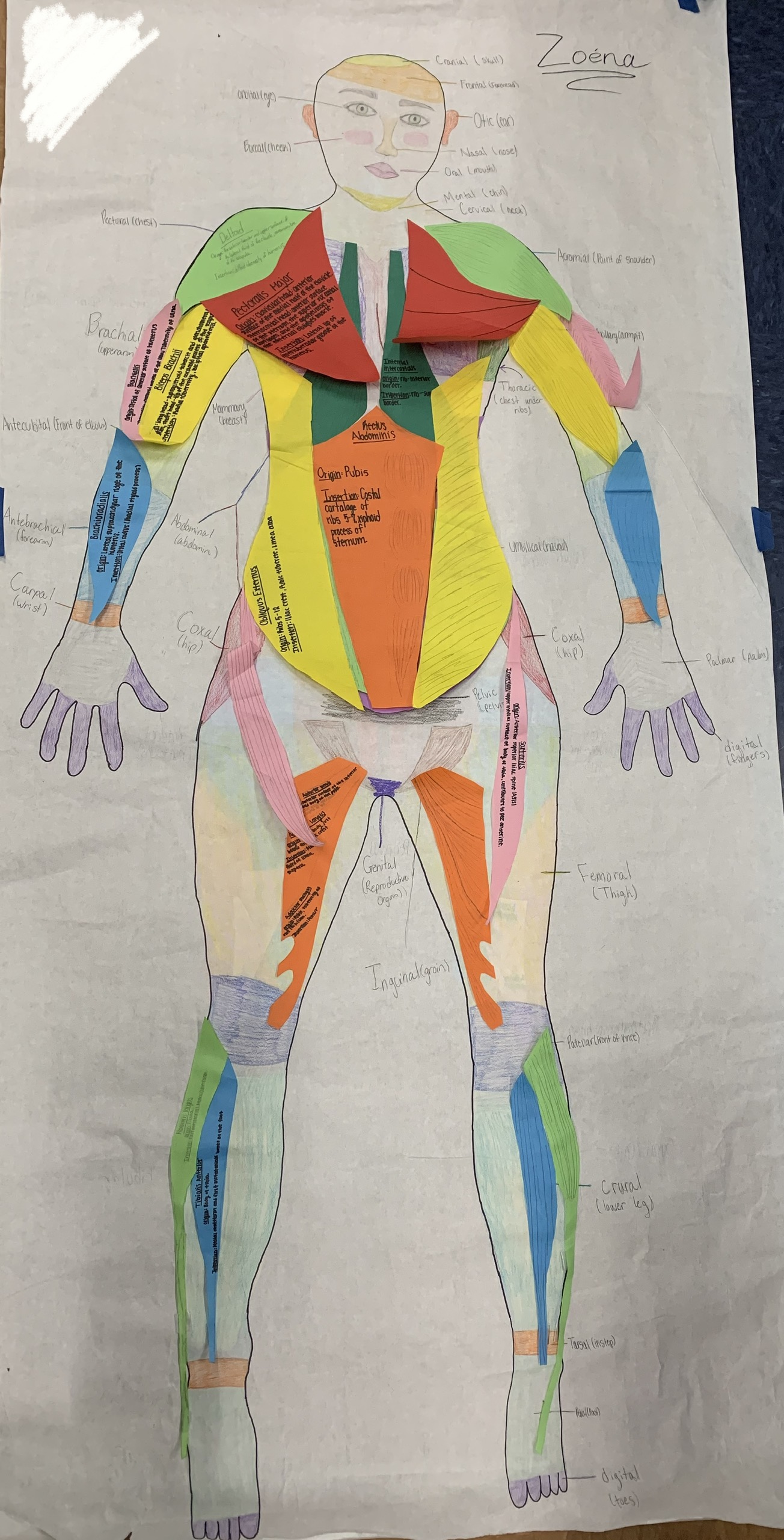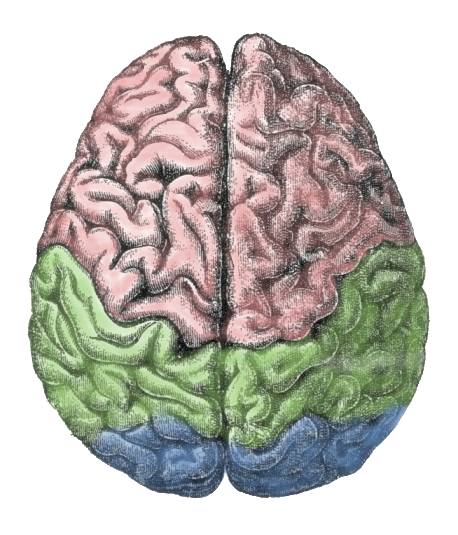We’ve been away from one another for far too long.
Talking over Zoom, email, feedback and peer edits on documents and drawings can only go so far.

Mink dissection – look at those intestines!
Most of the students in this Anatomy and Physiology class in our small rural school have been together for years, some since kindergarten. Some are related; in fact, this class of 14 students has two sets of twins.
To begin the year, we use the classic “Draw Yourself” lab, in which students pair up and one student traces the body outline of the second student on a large piece of posted paper. Students then label regions of the body, quadrants of the abdomen, and directional terms used for describing the body – anterior, posterior, dorsal, ventral, sagittal, for example.
The benefits of this work, as opposed to me lecturing and students memorizing:
- Students get acquainted, or re-acquainted, with one another.
- Students are actively working, that is, moving around and acquiring a kinesthetic introduction of the human body and the terms they will be using all year.
- While working on their creation, students see the terms in print, read the terms aloud, hear others say the terms, and write the terms. Over, and over.
- Students visit other groups to ask questions, give suggestions, and get ideas for their own work.
- And, importantly, students learn how others learn.
We will use these large paper bodies over and over, throughout the year. Stay tuned.
Like this:
Like Loading...





